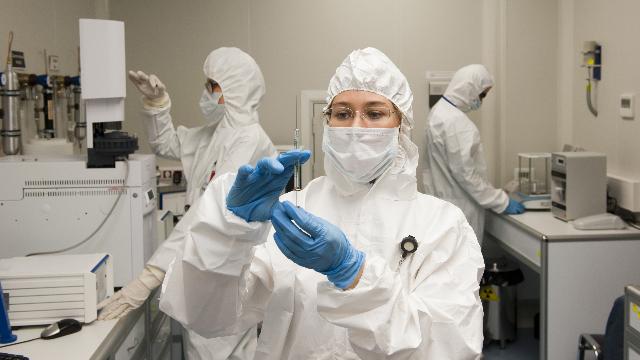There are a number of lessons to be learned from the pandemic of 2020. Catch phrases like flatten the curve, unprecedented, new normal, and social distancing have all become commonplace in the media. There’s no question that we have found a few gaps in our day to day practices that need to be addressed. As with any developing situation, the needs and responses are changing quickly. Over the months that we’ve been learning and living with this situation, the requirements and regulations have changed, almost daily it seems.
What have we learned?
One lesson we have learned is that handwashing is one of the most important skills we can have. Contact with a contaminated surface can transfer whatever germs are on that surface to your hands. Primary transfer from your hands to your face is as simple as scratching or rubbing your nose or eyes. We do this unconsciously dozens of times daily. This can transfer those same germs onto your face and thus into your body. Secondary transfer occurs when we pick up an item with contaminated hands such as food or utensils, then put those items into our mouth.

Another reality we face is that many of us don’t need to have an office to go to every day. Most office workers can do their work remotely and keep their distance. There are benefits to both working remotely and working in an office. The distinct advantage of remote work is that the risk of contacting unknown germs and contamination is pretty well mitigated. The absence of common areas means that interaction with sick people is minimized.
What can we do?
Regardless of the source or severity, communicable diseases are common in the workplace. Every year we see cold and flu season ramp up as the weather gets colder. For most of us, these are little more than an inconvenience. For those with compromised immune systems, the risk is far greater. Colds and flu can lead to pneumonia and other more complex illness. Even a common gastrointestinal bug can make the rounds of a workplace and infect multiple people quickly. A combination effort of surface cleaning and hand washing goes a long way toward preventing the spread of any disease. Where possible, workplaces should avoid common contact surfaces and shared equipment or tools. Where this is not possible, shared tools and equipment must be cleaned and sanitized between users to minimize the risk of spreading bacteria or viruses. A layer of PPE including gloves, eye and/or face protection, and a filtering mask can protect an individual from contracting a communicable disease. These measures only work if the worker is both wearing them properly and ensuring the PPE doesn’t contaminate other surfaces.
No matter what the minute details are, what we know for sure is that there’s always room to improve our health at work. There’s no dispute that prevention is better than cure, and that we can take concrete measures every day to reduce our chances of getting sick. It is incumbent on each of us to be prudent and cautious about our own health. Washing hands regularly and not sharing tools, pens, utensils and the like are the best way to prevent spread.
What’s Next?
KMC Safety Solutions serves the Southern Ontario manufacturing and construction sectors. We offer training, program development, gap analysis, compliance auditing and consulting services. Training is available in person or online for many programs. Contact KMC for your personalized solutions.
